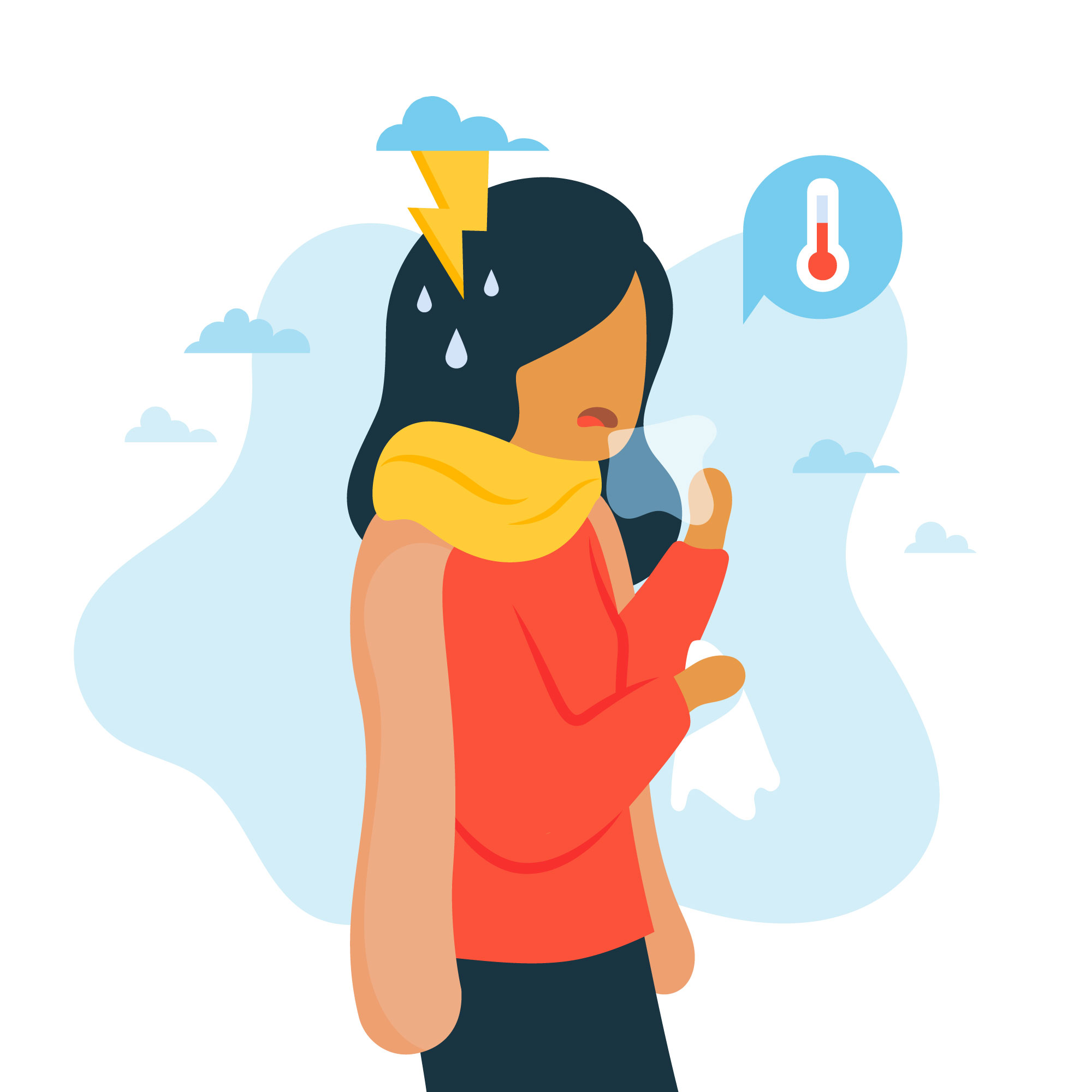
The Role of Hormones in The Connection Between Joint Pain and Weather Changes: Understanding Imbalances
Understanding the Connection Between Hormones and Joint Pain
Have you ever noticed your joints ache more when the weather changes? It’s not just in your head! Believe it or not, hormones can play a significant role in how your joints react to weather shifts. Let’s dive into how hormonal imbalances can influence this connection and what you can do about it.
How Hormonal Imbalances Affect Joint Health
Hormones are like the conductors of a symphony in your body, orchestrating various functions, including how your joints feel. When these hormones get out of balance, it can affect your joint health. Here’s how hormonal imbalances can contribute to joint pain:
- Estrogen Levels: Fluctuations in estrogen levels, such as during menstruation or menopause, can lead to joint stiffness and discomfort. Lower estrogen levels are often associated with increased joint pain in women.
- Progesterone Influence: This hormone can increase inflammation in your joint tissues, making them feel even more painful, especially before your period. Understanding the link between progesterone and joint health can help in managing discomfort.
- Cortisol and Stress: Stress can cause cortisol levels to rise, leading to more inflammation and joint pain. Learning how to manage stress is essential for reducing cortisol-related joint issues.
The Impact of Weather Changes on Joint Pain
Now, let’s discuss the connection between joint pain and weather changes. While the exact mechanism isn’t fully understood, changes in barometric pressure, temperature, and humidity can affect the fluid levels in your joints, leading to increased pain and stiffness. Hormonal imbalances can further exacerbate these effects, making you more susceptible to weather-related joint pain.
Tips for Managing Hormonal Imbalances and Joint Pain
While you can’t control the weather, there are steps you can take to manage hormonal imbalances and reduce weather-related joint pain:
- Stay Active: Regular exercise can help keep your joints flexible and strengthen the muscles around them, providing better support. Incorporate low-impact activities like swimming or cycling to protect your joints.
- Maintain a Healthy Weight: Extra pounds can put added stress on your joints, so aim to maintain a healthy weight to reduce strain. Weight management is crucial for overall joint health.
- Eat a Balanced Diet: Focus on foods rich in omega-3 fatty acids, antioxidants, and calcium to support joint health and reduce inflammation. Incorporating fatty fish, leafy greens, and nuts into your diet can be beneficial.
- Manage Stress Effectively: Find healthy ways to manage stress, such as meditation, yoga, or deep breathing exercises, to reduce cortisol levels and inflammation. Mindfulness practices can have a significant impact on your hormonal balance.
- Stay Warm and Comfortable: Dress warmly and use heating pads or warm baths to soothe achy joints during cold weather spells. Keeping your joints warm can help alleviate discomfort associated with weather changes.
Conclusion
While the connection between joint pain and weather changes may seem mysterious, understanding how hormonal imbalances can influence this relationship can help you better manage your symptoms. By taking proactive steps to address hormonal imbalances and weather-related triggers, you can reduce joint pain and improve your overall quality of life.
To seek medical advice, always consult a Doctor. Here are our recommended experts. Click Here
To read more on Joint Pains. Click Here


